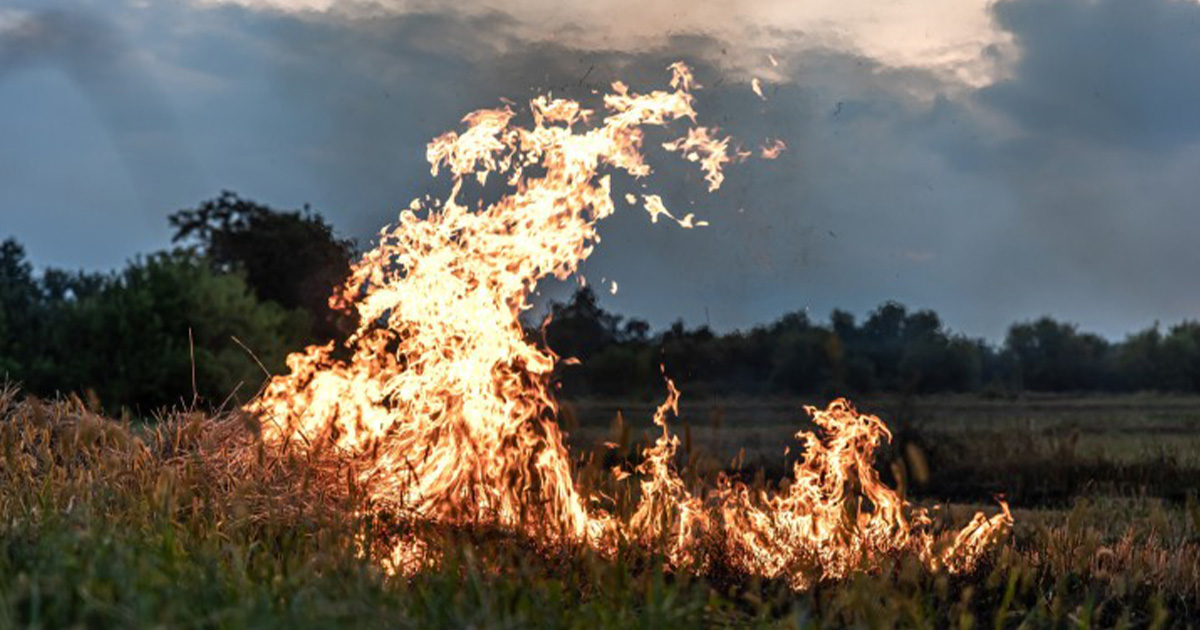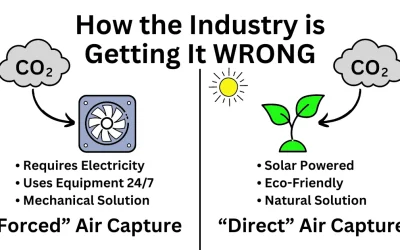In recent years, the world has witnessed the harrowing consequences of devastating wildfires, leaving behind trails of destruction and despair. Among these incidents, one stands out in particular – the alarming wildfire season that struck the breathtaking paradise of Hawaii. This incident serves as a stark reminder that climate change is a harsh reality we can no longer ignore. To address this pressing issue, it is crucial for us to understand what transpired in Hawaii and learn from it to instigate change in our approach to climate change.
The island of Hawaii recently experienced one of the most severe fire seasons in its history, leaving thousands of acres scorched, lives lost, homes destroyed, and ecosystems shattered. These fires were fueled by strong winds and a prolonged drought, creating the perfect conditions for rapid spreading. The devastation caused by these fires was not only felt by the local community but also had long-lasting implications for the environment.
Climate change played a significant role in exacerb conditions that led to the unprecedented fire season in Hawaii. Rising temperatures and changing weather patterns have contributed to longer and more intense fire seasons worldwide. If we do not take immediate action, we can expect more frequent and severe wildfires as global warming impact our planet.
climate change is the excessive emission of greenhouse gases, primarily carbon dioxide, into the atmosphere. These emissions come human activities, including the burning of fossil fuels deforestation, and industrial processes. The accumulation of greenhouse gases traps heat in the atmosphere, leading to higher temperatures and altered weather patterns. This creates the perfect recipe for wildfires to thrive and spread with uncontrollable force.
To combat the intensifying effects of climate change and reduce the risk of catastrophic wildfires, it is essential for us to embrace sustainable-based solutions. Transitioning towards a plant-based diet is one such measure that can have a profound impact on mitigating climate change. Animal agriculture contributes significantly to greenhouse gas emissions, responsible for producing methane, a potent greenhouse gas. consume more plant-based foods, reduce the demand for livestock production, leading to a decrease in overall emissions.
Moreover, the expansion of plant-based agriculture can also help in carbon sequestration. Plants naturally absorb carbon dioxide from during their growth, acting as a natural carbon sink. By restoring forests and embracing regenerative agricultural practices, we can not only mitigate climate change but also ecosystems and protect against the devastating effects of wildfires.
In addition to individual actions, policy changes and government intervention play a pivotal role reducing the risk of wildfires. Governments should incentivize and support the transition towards plant-based agriculture by providing grants, subsidies, and educational programs for farmers. This can encourage more farmers to adopt sustainable practices and reduce the overall ecological footprint of agriculture.
Furthermore, investing in research and development of advanced fire prevention technologies, remote monitoring systems, early warning systems, and firefight, can significantly improve our ability contain fires before they escalate into.
The fires that ravaged Hawaii served as a wake-up call, highlighting the urgent need for change in our approach to climate change. We must recognize the impact of our actions environment and take responsibility for our role in exacerbating the conditions that lead to devastating fires. By adopting plant-based solutions, supporting sustainable practices, and implementing effective policies, we can play a crucial role in reducing greenhouse gas emissions effects of climate change. Let us learn from Hawaii’s burning lessons and take concerted action to protect our planet for. now.
In conclusion, let us band together as nature’s protectors, embracing the power of plant-based solutions to combat the intensifying effects of climate change and safeguard Hawaii’s fireplains. Together, we can make a difference and create a sustainable future for our planet.





